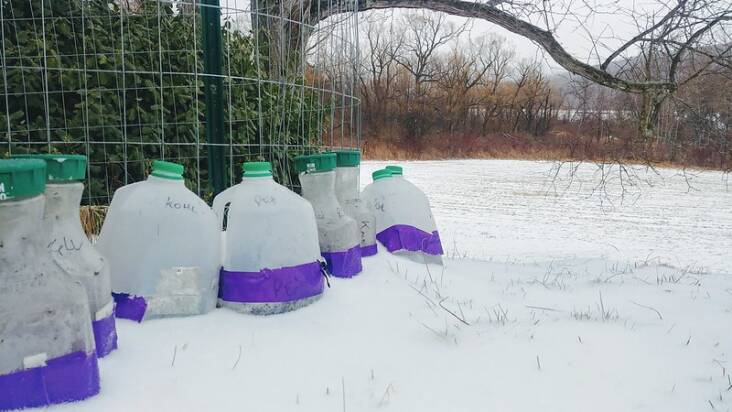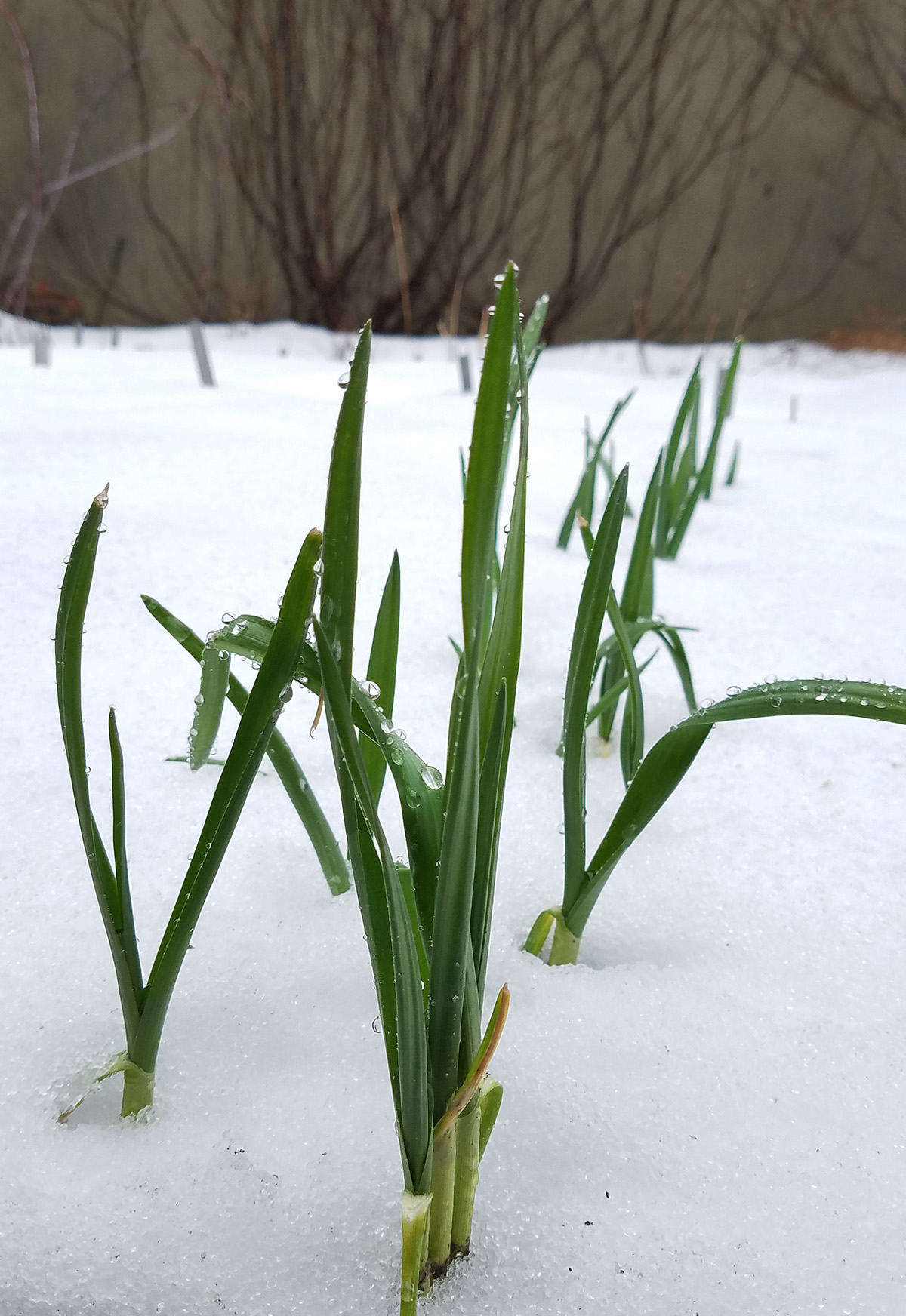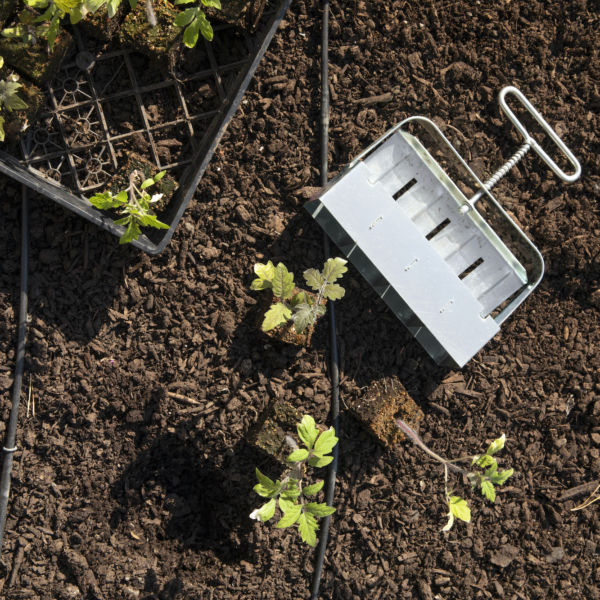December is an interesting month for most. It’s filled with fun things like parties and holidays, but the fun is inevitably accompanied by a whole lot of chores and stress. Wouldn’t it be great to get outside and do some stress-relieving gardening? Sigh.
Good news: You can garden in December! What you can plant will vary with your location, but there’s still plenty that can be done.
1. You can plant vegetables.

Cold-hardy vegetables can be planted in beds where the winters aren’t too harsh and the soil is not frozen and still workable. They include root vegetables such as carrots and turnips. In the brassica family, you can plant cabbages, kale, and cauliflower. You can even plant garlic. Know that the low temperatures and limited sun will slow the growth rate. How much depends on your microclimate and if you have access to hoop houses or floating row covers, both of which provide protection. If your beds are out in the open, exposed to the elements, your vegetables will grow far slower than they would in a sheltered spot—such as up against the foundation of your home, protected from wind and in full sun. At night, the foundation releases the sun’s stored energy, keeping the bed from freezing.

If your soil is already frozen, you have two options. Grow your vegetables in a cold frame, or winter sow by using milk jugs (or other repurposed plastic containers) to create a miniature greenhouse for the seeds. You can sow nearly everything this way—and you end up getting larger seedlings when it’s time to transplant. (For more information on winter sowing using milk jugs, read this.)
2. You can plant flowers.

You can plant many different flowers by way of winter sowing. This is particularly good for those plants needing cold stratification. These include natives such as echinacea, goldenrod, and milkweed, and more showy plants like artichokes and hollyhocks.
But you’re not limited to seeds. You can plant bare-root roses, daylilies, and peonies. Did you forget about that box of daffodil bulbs in the mudroom? Plant them. So long as the soil is not frozen, you can plant. The same goes for tulips, snowdrops, and one of the main harbingers of spring, crocuses. If you see pansies in your local garden center, pick some up. They are remarkably hardy for a delicate looking flower and will bloom in the snow. Remember to protect the newly planted plants by mulching them. Mulch helps regulate soil temperature and reduces the amount of frost heaving.
3. You can plant trees.

There is a magic number for planting trees in the winter. If your soil temperature is 50°F or higher, you are good to plant deciduous trees. For evergreens, 60°F is the minimum. Below the minimums, you run the risk of the tree dying. Trees are a huge investment. It’s best to give them the greatest chance of survival with a simple meat thermometer for less than $10. (Just remember to clearly label it “for soil use only.”)
With planting any plant, it’s important to match the right plant to the right place. In winter, the right plants are ones that are cold hardy, and the right place requires that you know what zone you’re in and if you have a microclimate you can take advantage of.


